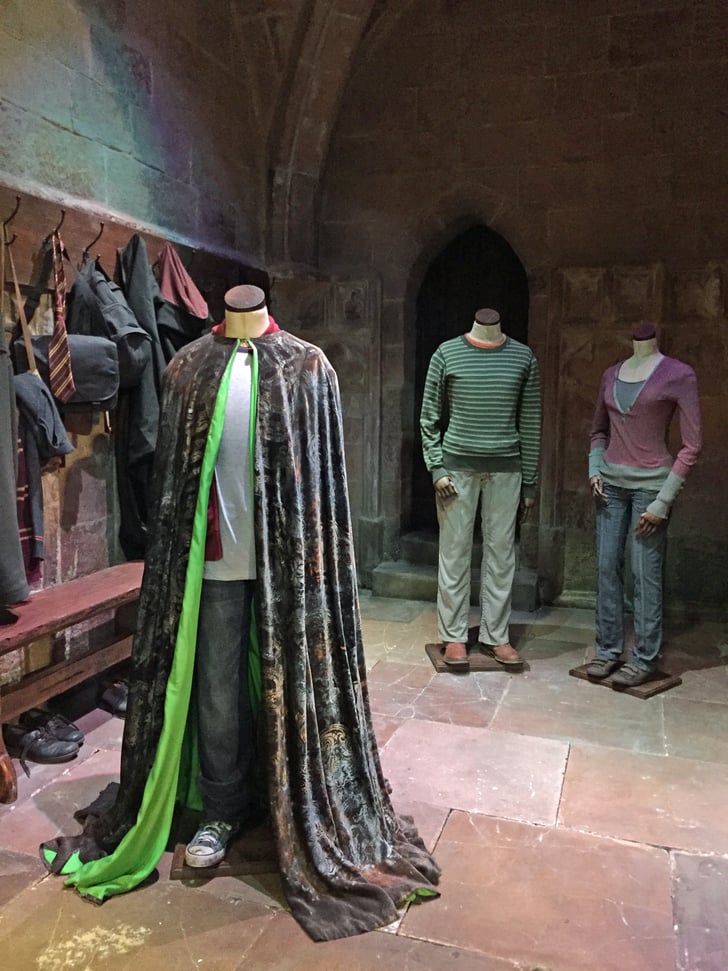

Natural materials usually only affect the electric component-this is what is behind the optics that we’re all familiar with such as ordinary refraction. Light is electromagnetic radiation, made up of perpendicular vibrations of electric and magnetic fields. Metamaterials are not natural but are engineered in labs to produce properties that don’t occur naturally. Similarly, the cover story in the March 2015 edition of the journal Advanced Optical Materials explained how Debashis Chanda at the University of Central Florida and his fellow optical and nanotech experts were able to develop a larger swathe of multi-layer three-dimensional (3D) metamaterial operating in the visible spectral range. “We suggest that advanced civilizations could cloak their presence, or deliberately broadcast it, through controlled laser emission," the researchers said in their paper. For instance, this March, researchers from Columbia University published a paper suggesting “A Cloaking Device for Transiting Planets". “It turns out that there are stringent constraints in coating an object with a passive material and making it look as if the object were not there, for an arbitrary incoming wave and observation point."Īlù’s lab is working on the design of active cloaks that use metamaterials plugged to an external energy source to achieve broader transparency bandwidths.īut this has not stopped multiple attempts to make an invisibility cloak. “The question is, ‘Can we make a passive cloak that makes human-scale objects invisible?’ " Alù said. The researchers published their work in the journal Optica. On 5 July, researchers in the Cockrell School of Engineering at The University of Texas in Austin indicated that while it is possible to use cloaks to perfectly hide an object for a specific wavelength, hiding an object from an illumination containing different wavelengths becomes more challenging as the size of the object increases.Īndrea Alù, an electrical and computer engineering professor and a leading researcher in the area of cloaking technology, along with graduate student Francesco Monticone, created a quantitative framework that can help researchers calculate the expected optimal performance of invisibility devices before designing and developing a specific cloak for an object of interest. However, making an invisibility cloak for bigger objects like humans is easier said than done and there are “stringent" constraints for that. However, the rules that govern these interactions in natural materials can be circumvented in metamaterials whose optical properties arise from their physical structure rather than their chemical composition. that interacts with matter to help us detect and observe objects. It is the scattering of light-visible, infrared, X-ray, etc. The broad theory behind invisibility cloaks is to manipulate light by controlling and bending it around an object to make the latter seem invisible to the human eye. It could allow for antennas in different shapes and sizes to be attached in awkward places and a wide variety of materials. The underlying design approach has much wider applications, ranging from microwave to optics for the control of any kind of electromagnetic surface waves, the researchers said in a 15 July note.Īcknowledging that the research might not quite yet lead to the invisibility cloak made famous in the Harry Potter novels, the researchers said that this “practical demonstration could result in a step-change in how antennas are tethered to their platform".

The effect is to ‘cloak’ the object: such a structure can hide an object that would ordinarily have caused the wave to be scattered. The researchers coated a curved surface with a nanocomposite medium, which has seven distinct layers (called graded index nanocomposite) where the electric property of each layer varies depending on the position.


 0 kommentar(er)
0 kommentar(er)
